Reducing luggage when traveling has the maximum reduction of CO2 emissions against any methods
Table of Contents
1: Luggage reduction effect when traveling
2: Comparison with other CO2 emission reduction methods
3: Over 40,000 deaths per year worldwide due to climate change over the past 50 years

1: Luggage reduction effect when traveling
In our previous post, we examined the carbon dioxide emissions reduction benefits of a 20 kg reduction in luggage when traveling to Japan. In this article, we compare it with other methods of reducing carbon dioxide emissions and explain how significant the effect is.
We reconfirm the carbon dioxide emissions from a 20 kg load of luggage when traveling between Narita Airport in Japan and a major city in each country, as shown in our previous post.
Distance from Narita Airport from major cities and carbon dioxide emissions from loaded luggage
Distance from Narita airport (Round trip, km) CO2 emission /20kg luggage(kg) United States of America (Washington) 21,684 261 Canada (Toronto) 20,594 248 Italy (Rome) 19,776 238 France (Paris) 19,416 234 United Kingdom (London) 19,170 231 Germany (Frankfurt) 18,730 226 Australia (Melbourne) 16,344 197 Russia (Moscow) 14,990 180 India (Delhi) 11,812 142 Indonesia (Jakarta) 11,668 140 Singapore (Singapore) 10,708 129 Malaysia (Kuala Lumpur) 10,812 130 Thailand (Bangkok) 9,292 112 Vietnam (Hanoi) 7,436 90 Philippines (Manila) 6,096 73 Hong Kong (Hong Kong) 5,922 71 Taiwan (Taipei) 4,362 53 China (Beijing) 4,268 51 South Korea (Seoul) 2,510 30 Average 12,399 149
Note: Carbon dioxide emissions for Rome, London, and Moscow are data from Haneda Airport
Source:ICAO、ECTA、DEFRA、Ministry of Land, Infrastructure, Transport and Tourism
The carbon dioxide emissions of the deposit baggage (20 kg) were calculated using data from ECTA (The European Clean Trucking Alliance) “Guidelines for Measuring and Managing CO2 Emission from Freight Transport Operations 2011” of ECTA (The European Clean Trucking Alliance). The carbon dioxide emissions intensity per tonne-kilometer of freight transported by airplanes used in the calculation is 0.602 kgCO2/tkm.

2: Comparison with other CO2 emission reduction methods
The carbon dioxide emissions of the checked baggage (20 kg) identified in the table above would naturally be zero if it were not carried on board the aircraft. We have compared this effect with other carbon dioxide emission reductions that many people practice. Data from the Japanese Ministry of the Environment was used for the carbon dioxide emissions reduction benefits other than luggage.
The first comparison is with “zero food waste at home and in restaurants.” According to the Japanese Ministry of the Environment, if “food waste from households and in restaurants was reduced to zero”, carbon dioxide emissions could be reduced by 54 kg per person per year. The 54 kg reduction in carbon dioxide emissions by eliminating food loss is almost the same as the 53 kg effect of not carrying 20 kg of checked baggage on board the aircraft for the round trip from Taipei to Narita Airport. The average effect of reducing checked baggage for major countries visiting Japan is 2.8 times.
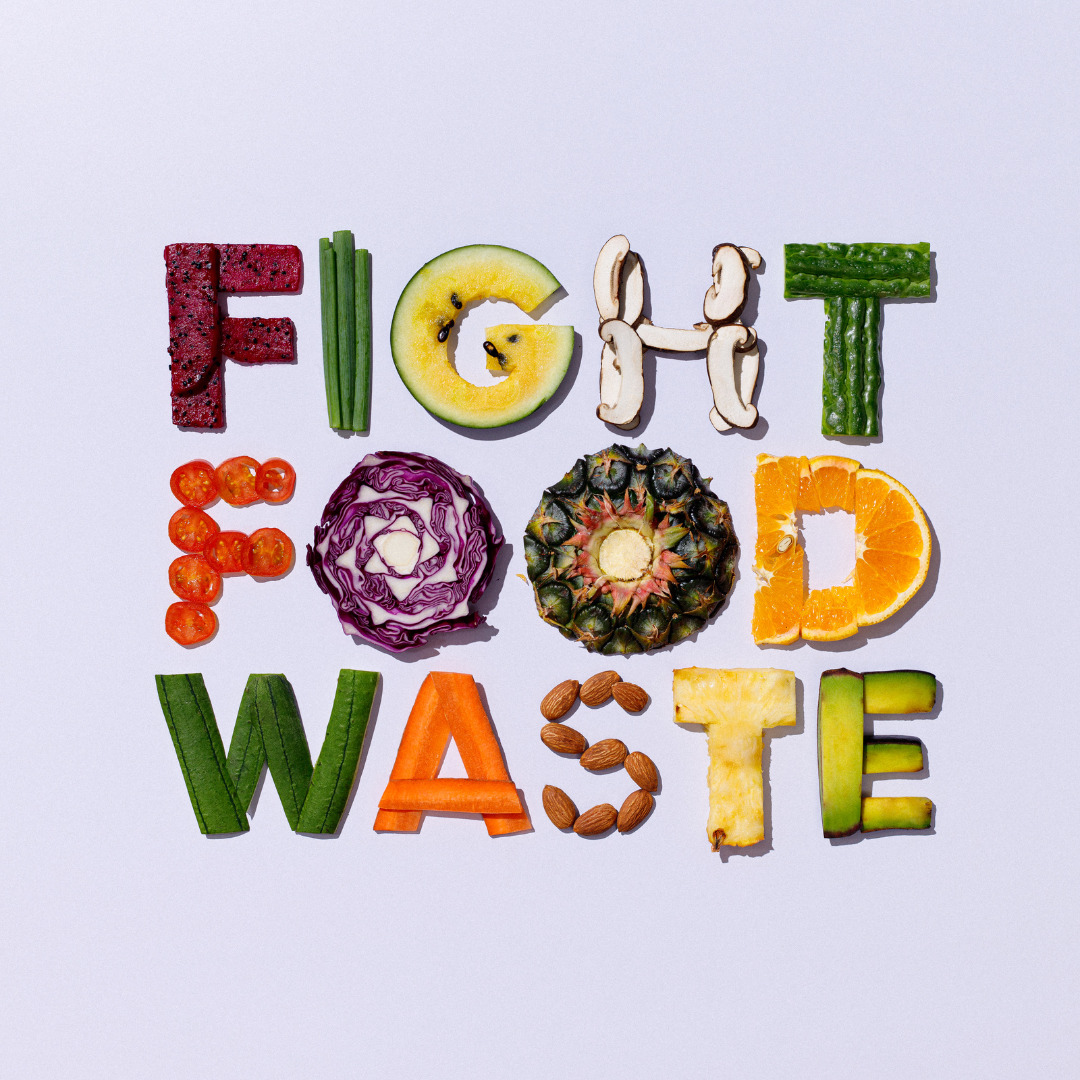
Effect of not carrying 20 kg of checked baggage on board the aircraft for the round trip and comparison with other methods (1) (checked baggage / other methods)
Zero food waste Use your own bottles Plantation of one tree 54kg/person 4kg/person 0.8kg/one tree United States of America 4.8 65.3 326.3 Canada 4.6 62.0 309.9 Italy 4.4 59.5 297.6 France 4.3 58.4 292.2 United Kingdom 4.3 57.7 288.5 Germany 4.2 56.4 281.9 Australia 3.6 49.2 246 Russia 3.3 45.1 225.6 India 2.6 35.6 177.8 Indonesia 2.6 35.1 175.6 Singapore 2.4 32.2 161.2 Malaysia 2.4 32.5 162.7 Thailand 2.1 28.0 139.8 Vietnam 1.7 22.4 111.9 Philippines 1.4 18.3 91.7 Hong Kong 1.3 17.8 89.1 Taiwan 1.0 13.1 65.6 China 1.0 12.8 64.2 Korea 0.6 7.6 37.8 Average 2.8 37.3 186.6
Note: Other methods have annual carbon dioxide emission reduction benefits
Next is the effect of replacing disposable plastic bottles (500 ml) with stainless steel bottles and using them 30 times a year. By replacing disposable plastic bottles, carbon dioxide emissions can be reduced by 4 kg per person per year. The effect of not carrying 20 kg of checked baggage (53 kg) on board the aircraft for a round trip from Taipei to Narita Airport is 13.1 times greater than the effect of replacing the disposable plastic bottles. The average effect of reducing checked baggage in major countries visiting Japan is 37.3 times.

How does this compare with afforestation? Some people who are interested in climate change are planting trees. However, the carbon dioxide reduction effect of planting one tree is only 0.8 kg per year. The effect of not carrying 20 kg of checked baggage on the plane when traveling from Taipei to Narita Airport and back (53 kg) is equivalent to 65.6 trees planted. The average effect of reducing checked baggage for major countries visiting Japan is 37.3 times.

Next, we compare this with methods that have a significant impact on reducing carbon dioxide emissions.
Effect of not carrying 20 kg of checked baggage on board the aircraft for the round trip and comparison with other methods (2) (checked baggage / other methods)
When a house shifts to solar power When electric vehicles are charged and used on normal electricity When air conditioning is used for one hour less per day 1,275kg/person 242kg/person 26kg/unit United States of America 0.20 1.1 10.0 Canada 0.19 1.0 9.5 Italy 0.19 1.0 9.2 France 0.18 1.0 9.0 United Kingdom 0.18 1.0 8.9 Germany 0.18 0.9 8.7 Australia 0.15 0.8 7.6 Russia 0.14 0.7 6.9 India 0.11 0.6 5.5 Indonesia 0.11 0.6 5.4 Singapore 0.10 0.5 5.0 Malaysia 0.10 0.5 5.0 Thailand 0.09 0.5 4.3 Vietnam 0.07 0.4 3.4 Philippines 0.06 0.3 2.8 Hong Kong 0.06 0.3 2.7 Taiwan 0.04 0.2 2.0 China 0.04 0.2 2.0 Korea 0.02 0.1 1.2 Average 0.12 0.6 5.7
Note: Other methods have annual carbon dioxide emission reduction benefits
If we replace solar panels in a house, the effect of reducing carbon dioxide emissions would be 1,275 kg per person per year. The effect of not carrying 20 kg of checked baggage on board a plane for a round trip between Washington and Narita Airport (261 kg) is only 0.2 times the effect of installing solar panels. The average effect of reducing checked baggage for major countries visiting Japan is only 0.12 times. However, the installation of solar panels requires significant initial costs.
The reduction in carbon dioxide emissions by solar panels is 3.5 kg per day. The average impact of not carrying 20 kg of checked baggage on board is 149 kg, which is 43 times greater than the 3.5 kg per day savings from solar panels.

If electric vehicles are charged and used on normal electricity, the carbon dioxide emission reduction is 242 kg per person per year. However, according to data from the Ministry of the Environment, details such as driving distance and the number of passengers are not available. The effect of switching to electric vehicles is equivalent to the effect of not carrying 20 kg of checked baggage on board an aircraft when traveling between Toronto and Narita Airport (248 kg). The average effect of reducing checked baggage for major countries visiting Japan is 0.6 times. According to data from the Ministry of the Environment, the reduction in carbon dioxide emissions per person per year is 467 kg when electric vehicles are charged and used from renewable energy sources. However, the costs of using both electric vehicles and renewable energy are considerably higher.
The reduction in carbon dioxide emissions from electric vehicles is 0.66 kg per day (when recharged and used on normal electricity) and 1.28 kg per day (when recharged and used on renewable energy). The average impact of not carrying 20 kg of checked baggage on board the aircraft is 149 kg. This impact is 225 times (when recharged and used on normal electricity) and 116 times (when recharged and used on renewable energy) the daily carbon dioxide emissions reduction by electric vehicles.
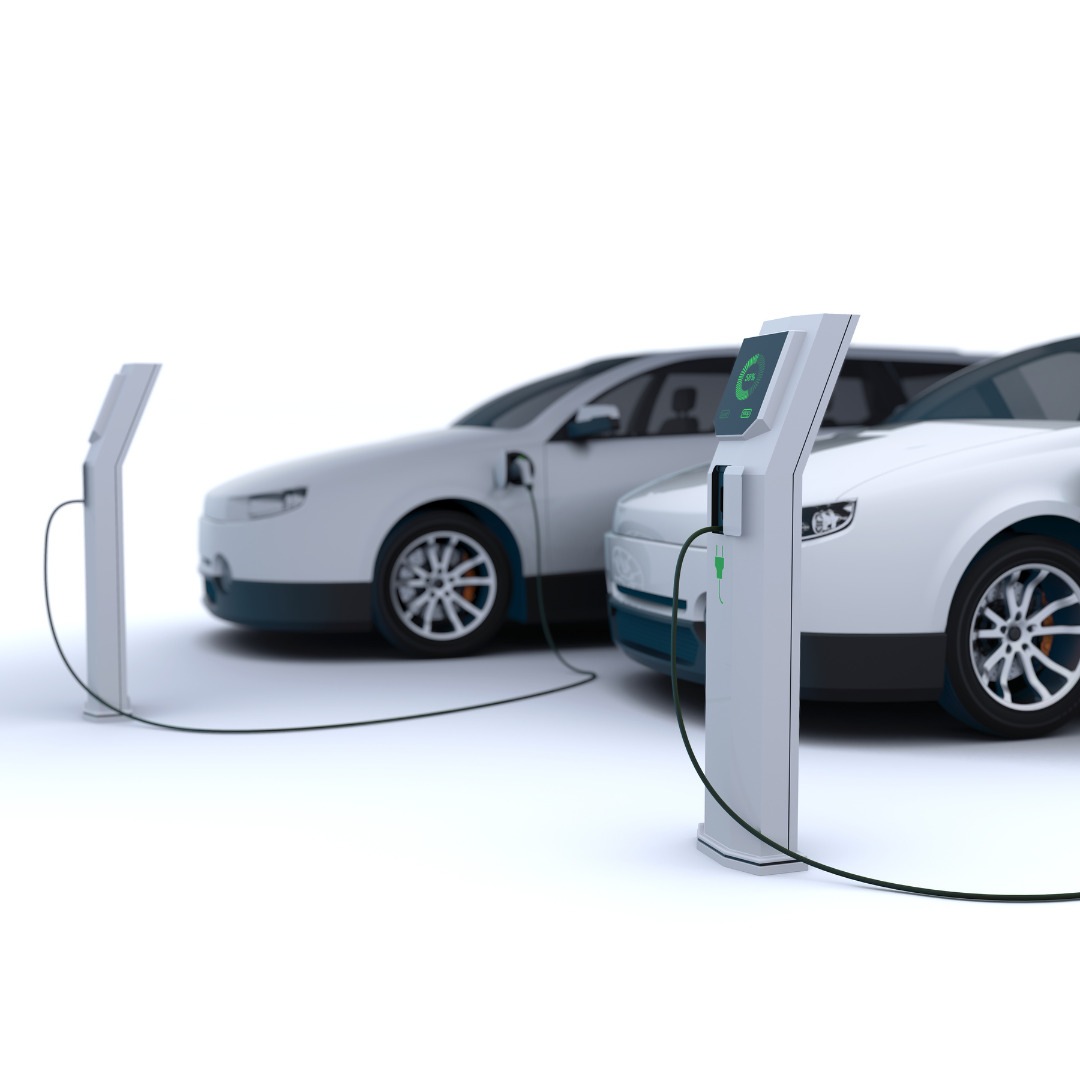
Finally, if air conditioners are used for one hour less per day, the carbon dioxide emission reduction effect is 26 kg per vehicle per year. The effect of not carrying 20 kg of checked baggage on board the aircraft for the round trip between Taipei and Narita Airport (53 kg) is almost double the effect of reducing the use of air conditioning by one hour a day. The average effect of reducing checked baggage for major countries visiting Japan is 5.7 times.

As mentioned above, the carbon reduction effect of not loading the aircraft with checked baggage (20 kg) is very significant when compared to various other methods. It is important to remember that the effect of reduced checked baggage is only for one round trip to Japan, whereas the other methods have a one-year effect.

3: Over 40,000 deaths per year worldwide due to climate change over the past 50 years
According to the World Meteorological Organisation’s “WMO ATLAS OF MORTALITY AND ECONOMIC LOSSES FROM WEATHER, CLIMATE AND WATER EXTREMES (1970-2019),” from 1970 to 2019 the number of disasters due to climate change and economic losses from disasters has been increasing every year.

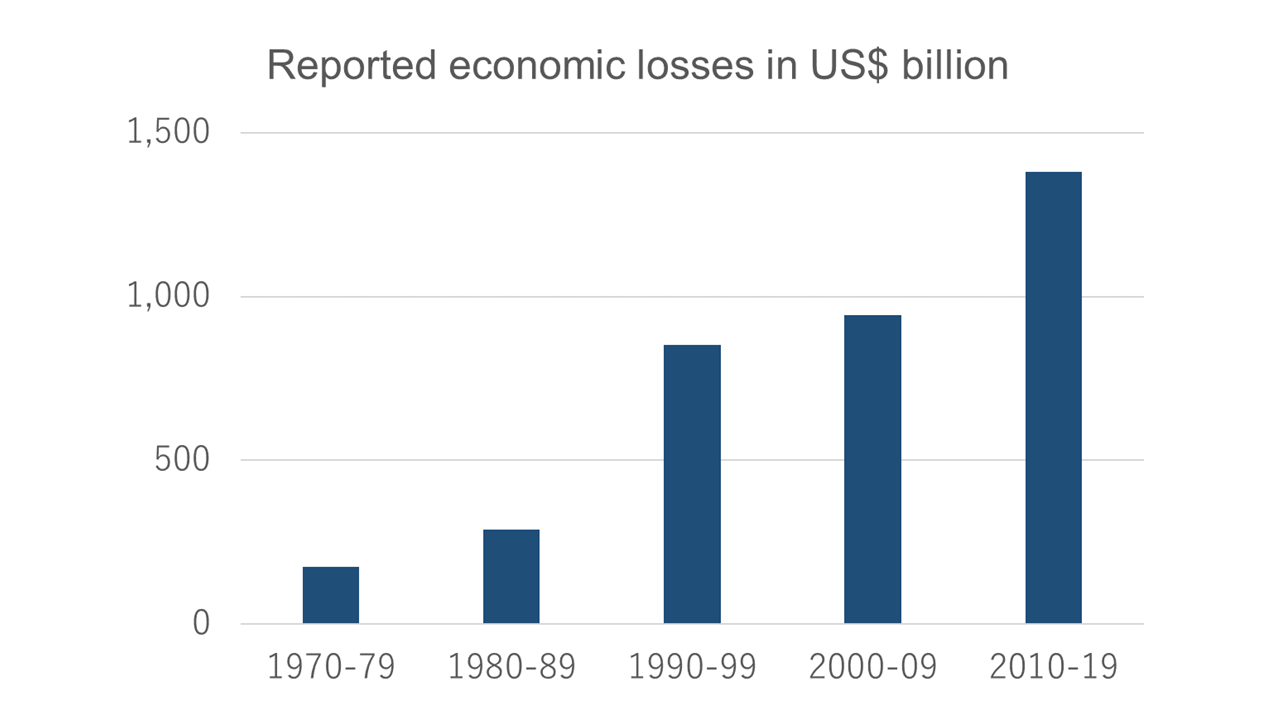
In the 50 years between 1970 and 2019, there were 2.07 million deaths worldwide due to climate change; a simple average over the 50 years shows that 41 000 people died annually due to climate change. However, the number of deaths is on the decline. This is probably due to the large number of deaths caused by droughts in Africa in the 1970s and 1980s and floods in Asia, which have decreased in recent years.
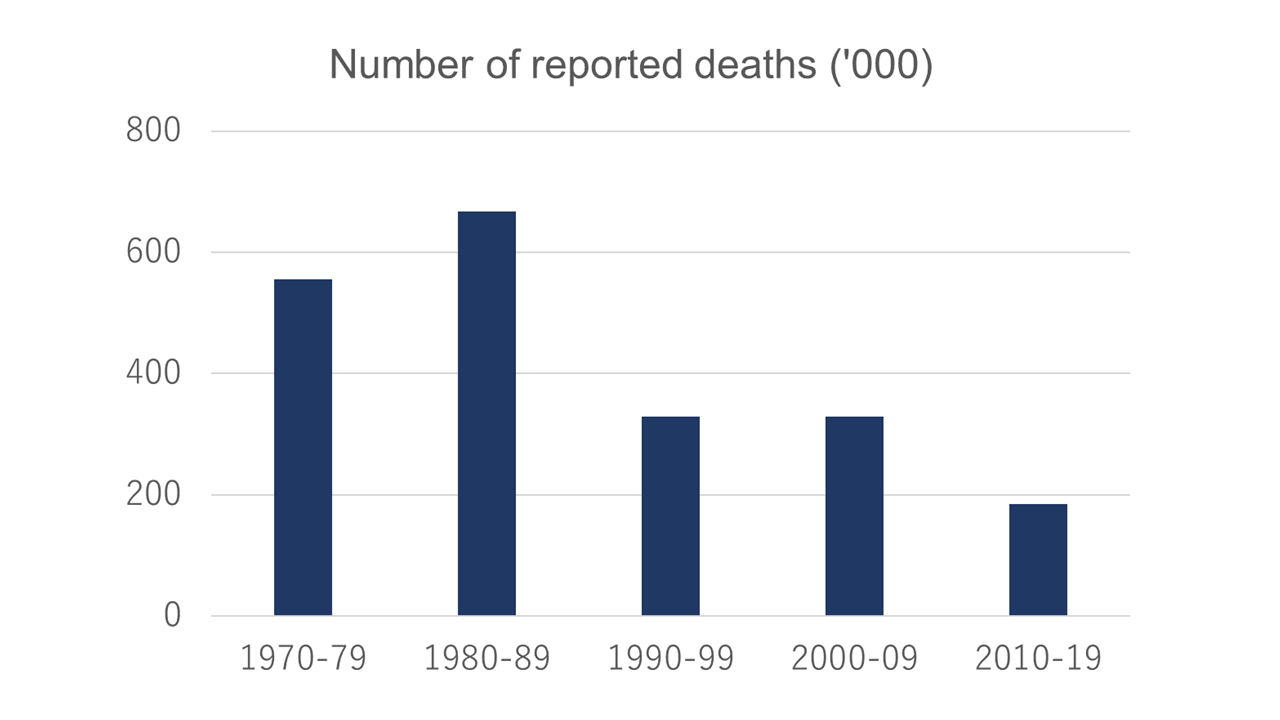

In contrast, the number of deaths in Europe and the South West Pacific (e.g. Australia, and the Philippines) is on the rise. Extreme temperatures are the main cause of death in Europe (93%), while storms are the main cause of death in the South West Pacific (71%).

The number of deaths due to heat stroke in Japan is on the rise. According to the Japanese Ministry of Health, Labour and Welfare, the number of deaths due to heat stroke in Japan has been 13,009 over the past 20 years (99-2018).
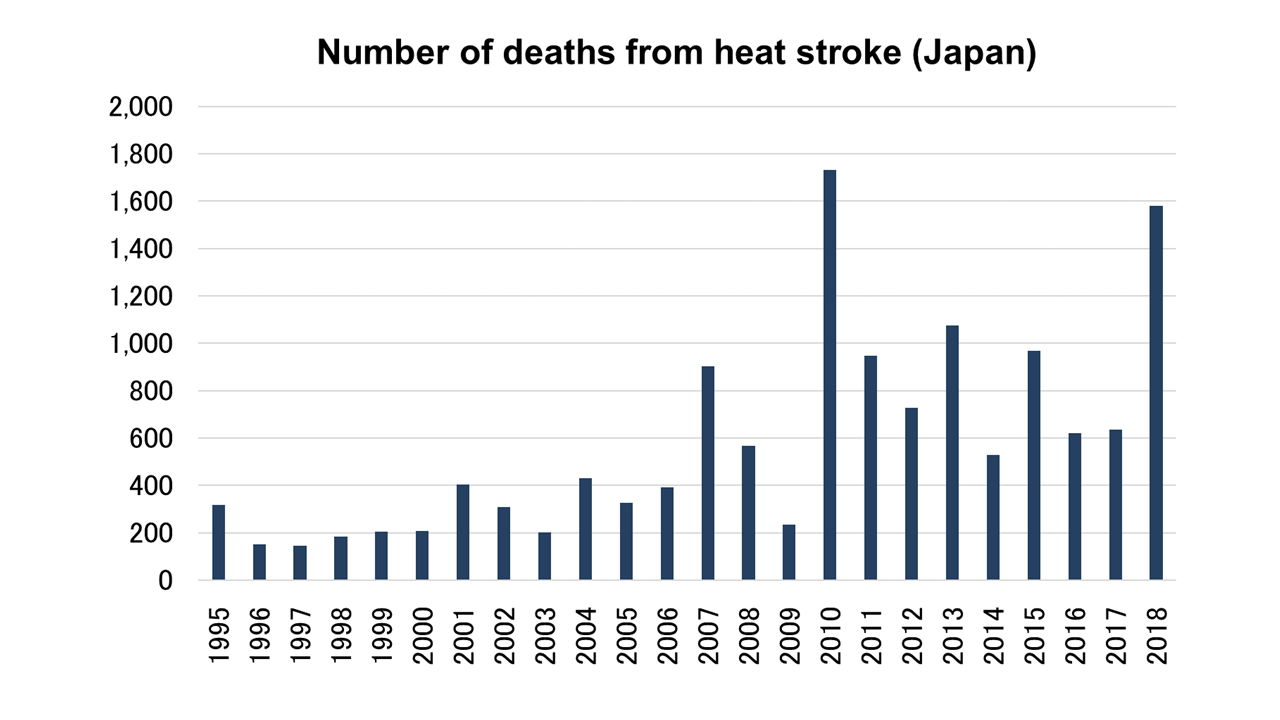
Thus, the number of disasters and economic losses due to climate change is still not decreasing and the number of deaths in some regions is on the rise.
As mentioned earlier, the carbon reduction benefits of not carrying 20 kg of checked baggage on board an aircraft when traveling are very significant. Despite the huge carbon reduction benefits, the cost is also extremely low.
Furthermore, if you eliminate checked baggage and borrow what you need at the destination, you can have an “easy travel.” You can eliminate the hassle of preparing and carrying luggage. And you don’t have to wash your clothes and tidy up after returning home. This “easy travel” has the effect of increasing the number of trips taken by people who are burdened by luggage, such as the elderly, people with disabilities, and people traveling with children, and contributes to solving the “travel divide.” Please consider using our travel rental service.
Notice
We are planning to launch a travel rental service next spring to reduce the amount of luggage carried on board airplanes and to make it easier for everyone to travel around the country without hand luggage. Until the rental service is launched, we will be offering free itinerary creation for the first 10 passengers.
I have traveled a cumulative total of more than 200 times, almost every two months, both domestically and internationally, and have created many itineraries. In addition, our company has already compiled a database of more than 20 000 tourist destinations in Japan. We create itineraries according to travelers’ preferences, so please contact us via the ‘Registration / Inquiries section if you would like to do so.
